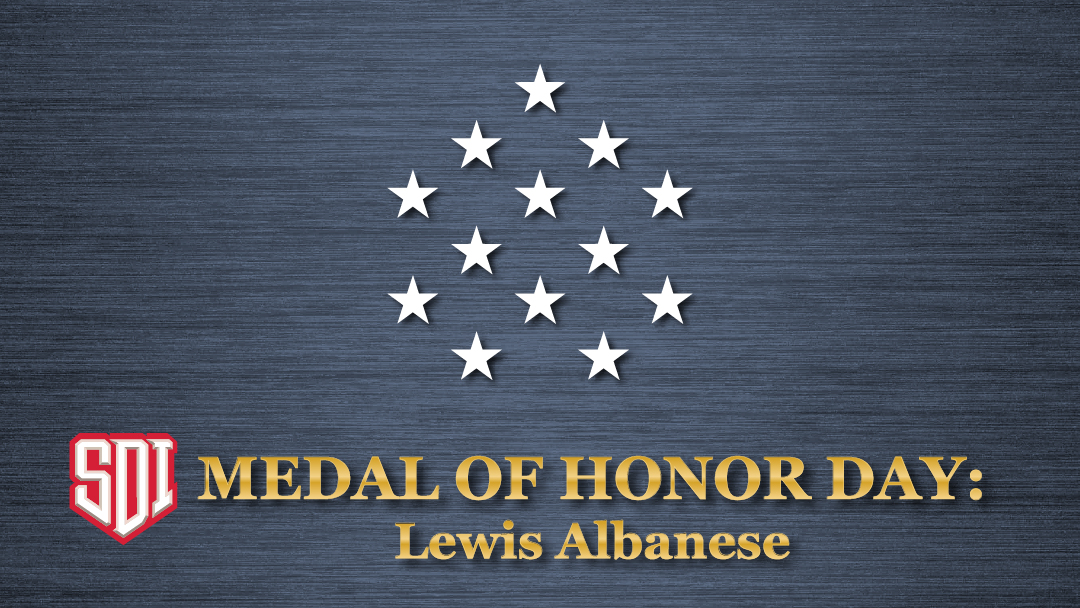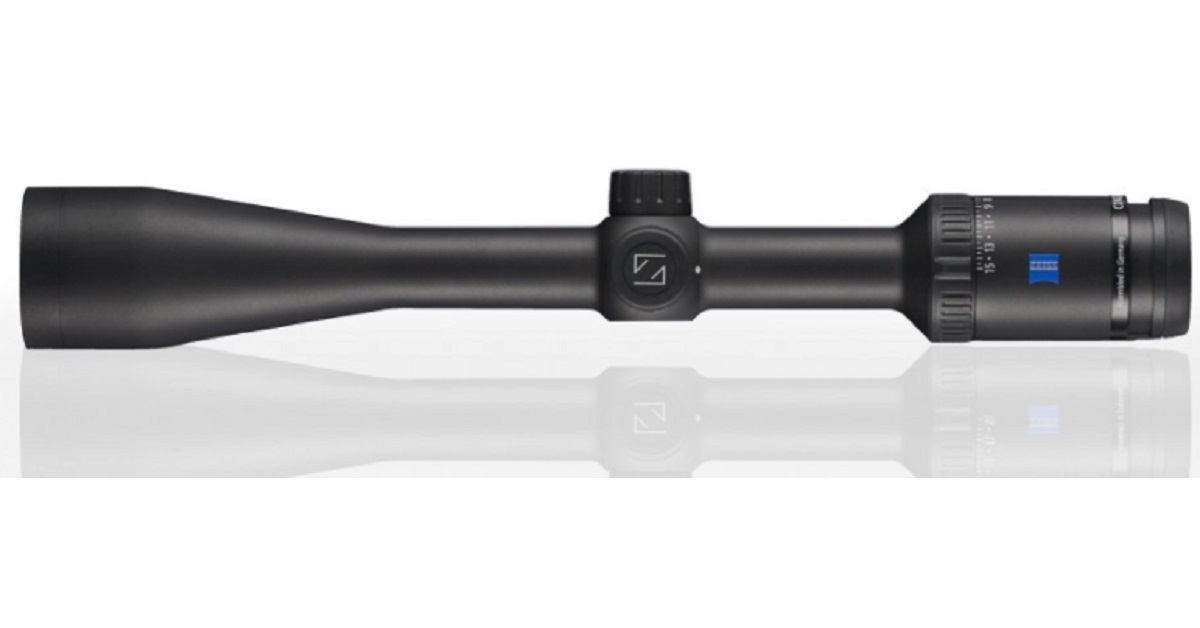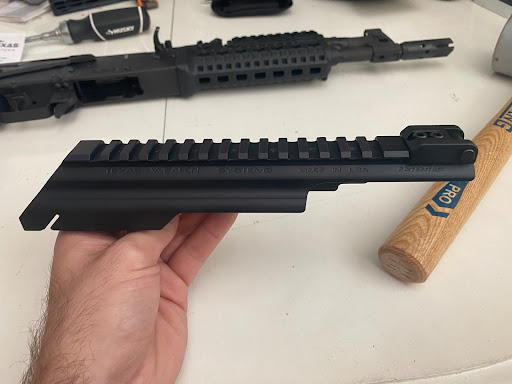
Two hundred and thirty-five medals of Honor were awarded to the men who fought and died in Vietnam. Lewis Albanese was one of them.
Lewis Albanese was born Luigi Albanese in Vincenzo, Italy, just after World War II. He later immigrated to the United States and attended public school in Seattle, Washington, before briefly working for Boeing Aircraft.
Albanese joined the Army in October of 1965 and went through basic at Fort Carson, Colorado. He deployed into Vietnam as part of the 7th Cavalry Regiment.
Known primarily as Lieutenant Colonel George Armstrong Custer’s unit at Little Big Horn, the Seventh Cavalry was sent to Vietnam as part of the First Cavalry Division. Among the first American forces on the ground in Vietnam, these soldiers deployed from Bell UH-1 Iroquois helicopters carrying first model M16 rifles, M79 grenade launchers, and 1911A1 pistols, among other firearms.
The extraordinary versatility that these “Huey” helicopters offered meant that these “air mobile” units were well-suited for reconnaissance. It is in that role that Lewis Albanese met his fate.
His platoon was moving through dense jungle to establish what the Congressional Medal of Honor Society terms a “blocking position” when they received heavy incoming fire from close proximity. Albanese was ordered to defend the left as the platoon maneuvered to outflank the enemy.
While on the move, he saw snipers concealed in a shallow depression, pouring fire into his comrades from that left side. Albanese fixed his bayonet, rushed the ditch, put a personal end to that threat, and allowed his comrades to push forward.
As Albanese took stock, he saw further evidence of heavy enemy movement ahead. As it turned out, this ditch was not simply some form of natural drainage, but the edge of a complex and well-fortified set of earthworks that were parallel to his platoon’s intended advance.
He must have realized the danger to his platoon immediately. Without hesitation, Albanese sprinted through the trench, executing six heavily armed “Charlie” with his M16.
His ammunition exhausted, again Albanese had to resort to desperate hand-to-hand combat to eliminate a further two VCs preparing to ambush his friends. It was in this final heroic act that Albanese was mortally wounded.
In doing so, he saved many American lives and allowed his unit to achieve their objective of out-flanking, and ultimately defeating, a numerically superior force.
What do you think about this story? Please share this on Facebook and Twitter and let us know!



